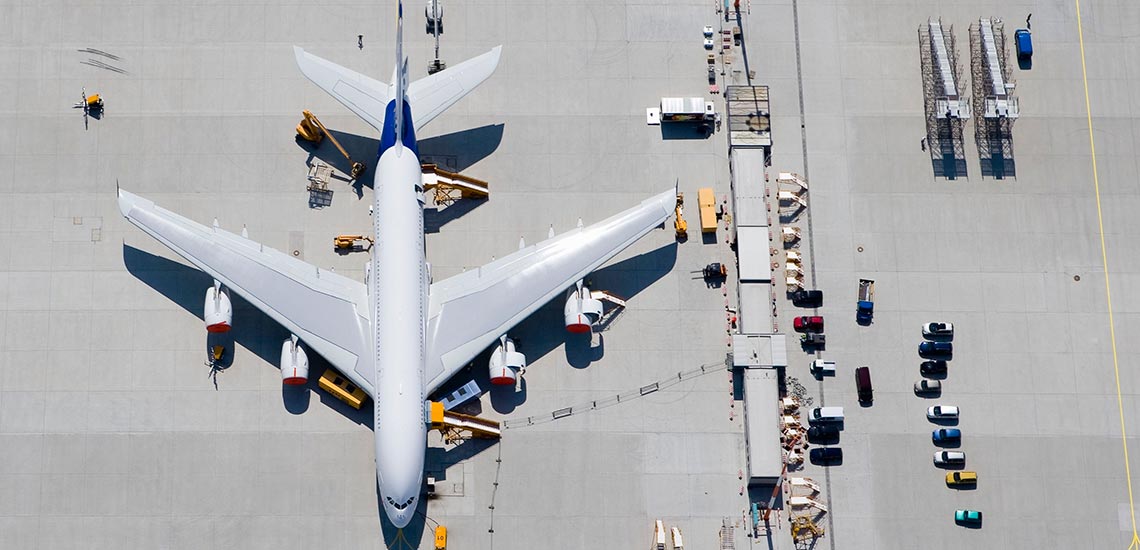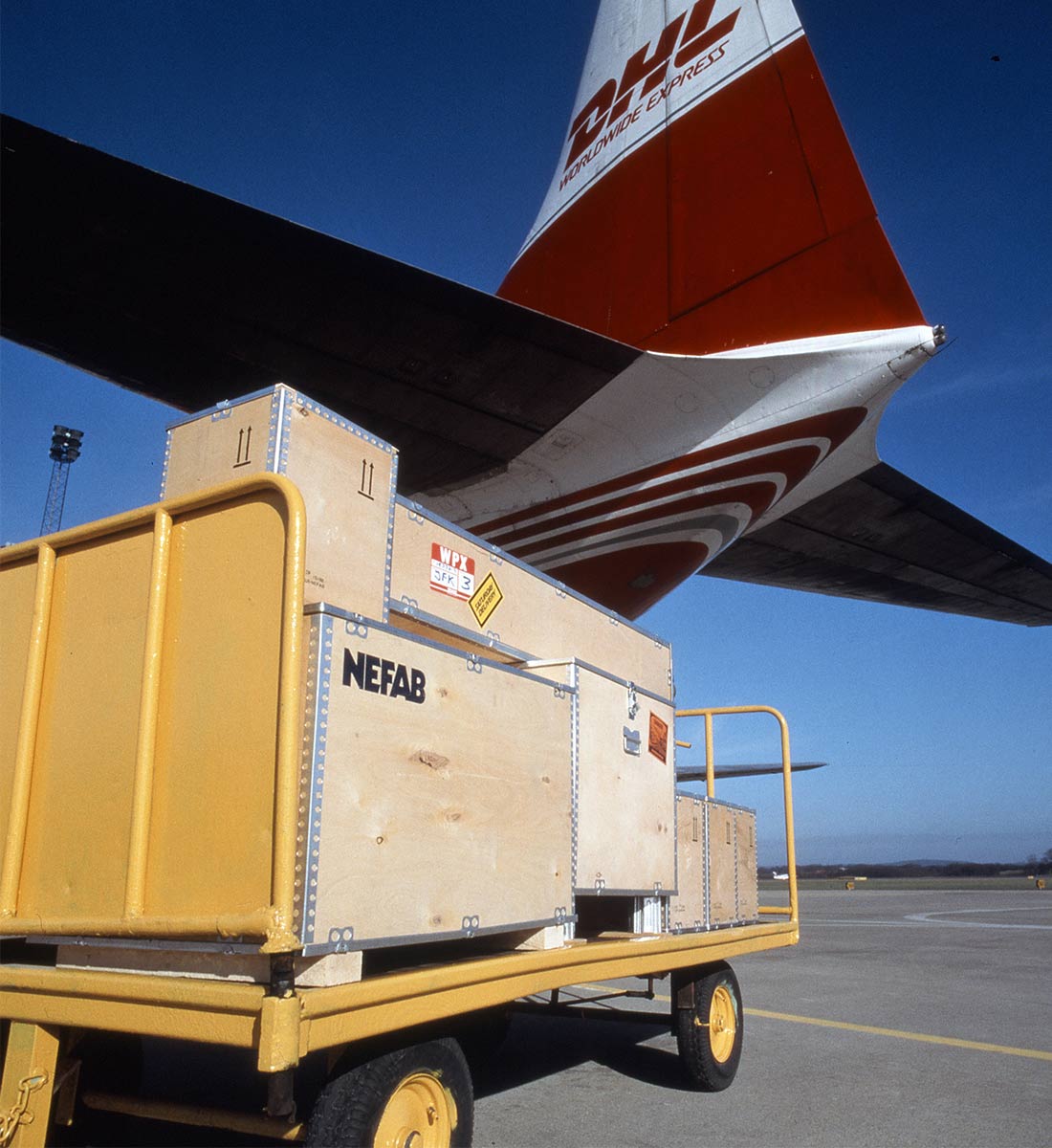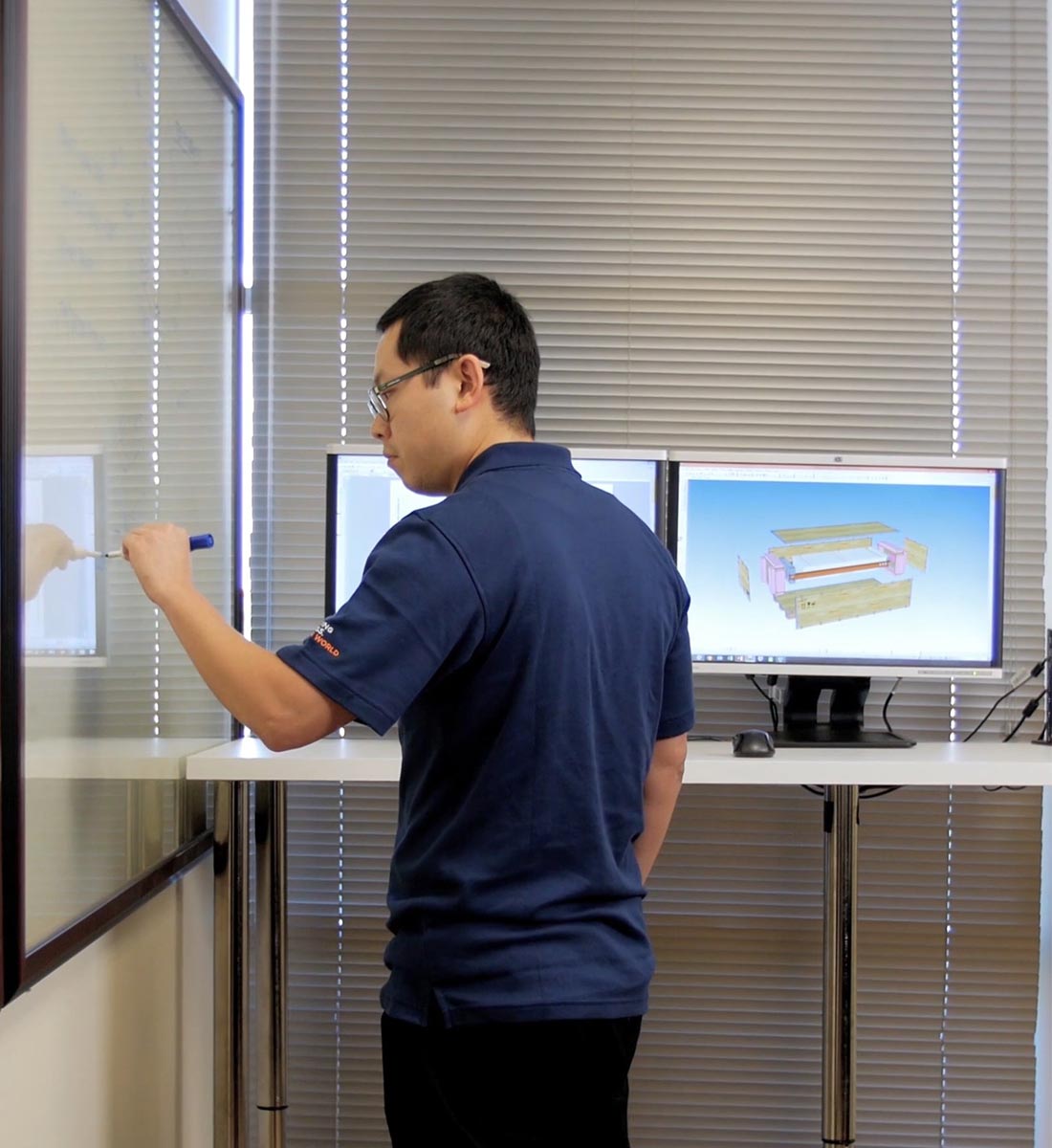- News & Insights
- 2017
- Packaging for Air Shipments
- Export Packaging
- Aerospace
- Packaging Optimization
Optimizing your Air Shipments
As air shipping has become more affordable and more widely available, many companies have turned to it as a fast, reliable option
Air Shipment in General
Air shipment can move your products much more quickly than land or sea freight, but there are some things you must take into account. One of these factors is how your products are prepared for shipment. If you can optimize your packaging and containers, you’ll be able to save money, ship more products at once, and better protect your products from damage.
Air shipment does have a number of advantages over other modes of transportation, but it of course has some disadvantages, too. Like anything, the balance of the pros and cons is entirely dependent on the situation at hand. In many cases, it is important to take the time to compare the costs, time, and other factors that differ between land, sea, and air transportation. While in some cases, such as rush orders, air shipment may be the only option, there are other cases where one of the other methods would be the most cost-effective.
Advantages and Disadvantages
The biggest advantage of shipping your products via air freight is that it is extremely fast. In many cases, your products will arrive at their destination within a couple of days, especially if you pay for expedited shipping. This is often needed if you are shipping goods that have a very limited shelf life. In some cases, air freight may be your only option; it allows you to ship products to areas that are not easily accessible to land or sea transportation.
Cost-wise, there are also some advantages to shipping via air. There are a number of cost breaks available. Because products are handled with greater care, you may be able to make reductions in packaging spend. This also lowers the cost of insuring your products. Your administrative costs will be lower, too, since you would be using an Air waybill. Your overall working capital that is invested in the products may also be less, too, depending on what payment method you are using.
Of course, there are some downsides to air shipping. Even with the cost reductions, shipping via air is usually the most expensive option. After factoring in the smaller amount of packaging, you may find that you still would pay much less for land or sea freight.
Availability is another factor. While there are some areas that are only accessible by air, there are others that do not have a proper airfield. In these cases, you may have to have your products delivered to the nearest airport and then arrange land transportation from there, adding an additional step and costs to your transportation.
How does packaging design factor in?
Almost all products that are shipped by air are placed in containers, or stacked on pallets, and then wrapped to secure them. There are a variety of different sizes available, but there are two main rules you need to keep in mind. The first is that containers that cannot fit on shelving (i.e., those that are freestanding) should not be any taller than 1600 millimeters. This keeps them around the same height as standard air freight, which makes it easier to secure all of the packaging. The second thing to keep in mind is that air freight needs to be as light as possible. In most cases, your cost is determined by how much the pallet or container weighs. The heavier it is, the higher your shipment costs.
"air freight needs to be as light as possible. In most cases, your cost is determined by how much the pallet or container weighs"
How Air Freight Works
When your goods are delivered to an airport, they will be measured and weighed. The measurements will be used to determine the package’s overall volume. If the package weighs less than a kilogram, these measurements are discarded and you will be charged the minimum rate of one kilogram for shipping.
If the package weighs more than one kilogram, then the International Air Transport Association (IATA) formula will be used. The total volume will be divided by the preset IATA coefficient to determine the volumetric weight. This weight is then compared to the overall volume. Whichever of these two numbers is larger determines the rate you will be charged.
You will also be charged an air cargo tariff for shipping. These tariffs are split into five different categories. The first is a general rate that applies to normal packages. For small packages, you will be charged the minimum tariff even if the package weighs less than 45 kilograms. In other cases, the weight will be divided and you will pay the tariff multiple times depending on overall weight and other factors.
There are specific tariffs for certain commodities (Commodity Classification Rates). Other special rates include Specific Commodity Rates, Unit Load Device rates, and Contract Rates. These four types of tariffs vary from country to country and by a number of other factors, so you will want to make certain you understand what tariffs you will be paying before you ship by air.
How Nefab Can Help
Nefab can assist you with your product’s packaging and help you reduce your overall shipping costs. Our engineers are able to provide weight and volume reductions that help you lower your overall cost. By looking at how your items are stacked, how much packaging is needed, and the overall weight, our team may be able to suggest ways to optimize your packaging. For example, we may be able to design packaging that better fits on pallets or in containers, allowing you to ship more products at once. We can also assist you with determining the best packaging materials for each container. You may be able to reduce the amount of packaging this way, or you may be able to lower the weight of each package. Both will help reduce your overall cost of air shipments. Contact Nefab today to see how we can help.


